Along with historical sources, we conducted numerous field trips to the Chu Ru people to gain a deeper understanding of the relationship between the Chu Ru and Cham people.
The Chu Ru people live in the lowest slopes of the Central Highlands and have a unique historical destiny. This ethnic group has experienced many ups and downs, much like the mountains of their land stretching to the sea; it seems they have deep roots somewhere in the lowlands. Mr. Ya Loan, a Chu Ru man, explains: “In ancient languages, the word ‘churu’ means ‘invader.’ Our ancestors were probably coastal people. At some point during the Champa Empire, they were forced to leave their homeland.” Perhaps because of this ancestry, the Chu Ru people today still speak the Champa language, are skilled at irrigation and rice cultivation, adept at fishing, know how to find good clay for pottery making and firing, know how to cast silver rings, and know how to trade goods throughout the region. These skills are not the strengths of many indigenous ethnic groups in the Central Highlands.
|
The Chu Ru people share many cultural similarities with the Cham people. |
Compared to the long-established Ma, K'Ho, M'nong, and Ede peoples, the Chu Ru are relatively new members of the Central Highlands. This "new" status, hypothetically, dates back three or four centuries. I've reviewed documents and anthropological evidence to prove that both the Chu Ru and Cham belong to the Austronesian race, sharing a Malayo-Polynesian language family. Their clothing, musical instruments, folk tales, epics, folk songs, and dances clearly demonstrate a close and intimate relationship between the two ethnic groups. Chu Ru legends also recount a time of war and turmoil when Cham kings and their families were persecuted. During their exile, they chose the Chu Ru land as a refuge, entrusting it with the worship and care of ancestral treasures. Perhaps this trust and reliance stemmed from their shared roots and family ties?
In an article, researcher Nguyen Vinh Nguyen analyzes: “The road connecting the Lang Bian plateau with the Cai River valley – formerly in Ninh Thuan (now Khanh Hoa province) – was once a remote route traversing steep mountain slopes and treacherous forests. But for the Cham people in the coastal areas of Phan Rang and Phan Ri, it was a crucial secret passage that determined the survival of their community when they were cornered by invading forces. The Cham called Dran (Lam Dong) Padrang. In the 19th century, the Dran region was a stronghold where the Cham people in Phan Ri and Phan Rang sought refuge and rebuilt their forces whenever they were cornered by the Nguyen dynasty. This explains why the Chu Ru people in the ancient Dran region were so deeply imbued with Cham culture, from pottery making to brocade weaving, beliefs, and language…” Conversely, in Cham folklore, there is still an Ariya (epic poem) that tells the story of a Cham leader named Damnuy Ppo Pan who went to the Chu Ru region in the lower reaches of the Da Nhim River. Instead of pursuing the ambition of restoring the kingdom, he led a dissolute life with Chu Ru girls, his virtue deteriorated, and his career was lost…
Interestingly, Mr. Ya Loan and Mr. Ya Ga in the Don Duong region both recounted the "Nau drà" (market trips) of the Chu Ru people. These journeys lasted for months, and their destination was the coastal region. Perhaps, through these trips back to the plains, the Chu Ru people satisfied their longing for the sea, a longing for their roots that their ancestors left behind when they migrated like birds, carrying the fate of their people to the distant mountains and forests?
The sacred entrustment of the worship and protection of the Cham ancestors' treasures to the Chu Ru people is a very clear testament to this.
According to old documents, there were officially three locations in Lam Dong containing treasures of the Champa dynasty, all of which were concentrated living spaces of the Chu Ru people. These were Lobui village (now in Don Duong commune); Krayo temple and Sopmadronhay temple (now in Ta Nang commune). It can be said that there was a historical entrustment between the Champa and Chu Ru people.
The treasure hoards containing Cham artifacts in Lam Dong were repeatedly surveyed by French historians in the late 19th and early 20th centuries. For example, in 1902, two researchers, H. Parmentier and I.E.M. Durand, visited the two temples mentioned above. Before arriving, they went to Phan Ri and, with the help of a former Cham princess, they were guided by the Chu Ru people to open the temples. In 1905, through his research paper "Letresor des Rois Chams" in the proceedings "EC cole Francaise Détrêeme Orient," Durand published information about these treasure hoards. In 1929-1930, archaeologists visited these treasures and wrote articles about the artifacts preserved there, which were published in the proceedings of the French School of Far Eastern Studies, volume 30. In 1955, ethnologist Jacques Dounes, in his book "En sui vant la piste des hounes sur les hauts plateaux du Vietnam," also mentioned in considerable detail the Cham treasures in the Tuyen Duc region (present-day Lam Dong).
|
The Chu Ru people worship at the Karyo temple, dedicated to the king and queen of Champa. |
The most thorough survey of this Cham treasure trove was conducted by Professor Nghiem Tham's team in December 1957. During this survey, Professor Nghiem Tham's team visited all three locations: Lobui village, Krayo temple, and Sopmadronhay temple. According to Professor Nghiem Tham's description at the time, Lobui had three storage points for Cham treasures: a place for precious objects, a place for porcelain, and a place for clothing. The treasures there were not numerous. In a bamboo basket were four silver cups, several small copper and ivory cups. In addition, there were two royal crown rims, one silver and one gold-copper alloy. Porcelain items such as bowls and plates were placed in a pre-dug pit in a separate house. Most of the items found were common Cham porcelain bowls and dishes. As for the clothing, much of it had rotted away. According to the Chu Ru people in Lobui village, every year in July and September according to the Cham calendar (which is September and November in the Gregorian calendar), representatives of the Cham people from the sea come up to perform rituals at places containing gold, silver, clothing, and porcelain in this village.
At the Sópmadronhay temple, based on information from the seals and insignia found, along with historical research, Mr. Nghiêm Thẩm's delegation concluded that these seals and insignia belonged to a Cham prince named Môn Lai Phu Tử. This explanation is based on the history of the Nguyễn dynasty, as recorded in the "Đại Nam thực lục chính biên" and "Đại Nam chính biên liệt truyện": In the year Canh Tuất (1790), Môn Lai Phu Tử, the son of the Cham king in Thuận Thành district, led his followers and people to fight the Tây Sơn army under King Gia Long. He was later appointed to the rank of Chưởng cơ and given the Vietnamese name Nguyễn Văn Chiêu. However, shortly after, Chiêu committed a crime and was dismissed from his position. Perhaps, after that, Môn Lai Phu Tử took his relatives to the mountains to seek refuge and lived with the Chu Ru people. Therefore, the seals, ceremonial robes, and gold and silver artifacts of this prince were found at the Sópmadronhay temple in the Sóp village of the Chu Ru people.
For hundreds of years, the Chu Ru people have maintained their deep affection and upheld the traditions of the Cham people, never forgetting their responsibility to worship the Cham royal family…
Source: https://baodaklak.vn/phong-su-ky-su/202510/moi-tham-tinh-cham-va-chu-ru-9350896/




![[Photo] Prime Minister Pham Minh Chinh receives Lao Minister of Education and Sports Thongsalith Mangnormek](/_next/image?url=https%3A%2F%2Fvphoto.vietnam.vn%2Fthumb%2F1200x675%2Fvietnam%2Fresource%2FIMAGE%2F2025%2F12%2F16%2F1765876834721_dsc-7519-jpg.webp&w=3840&q=75)
![[Image] Leaked images ahead of the 2025 Community Action Awards gala.](/_next/image?url=https%3A%2F%2Fvphoto.vietnam.vn%2Fthumb%2F1200x675%2Fvietnam%2Fresource%2FIMAGE%2F2025%2F12%2F16%2F1765882828720_ndo_br_thiet-ke-chua-co-ten-45-png.webp&w=3840&q=75)


![[Photo] Prime Minister Pham Minh Chinh receives the Governor of Tochigi Province (Japan)](/_next/image?url=https%3A%2F%2Fvphoto.vietnam.vn%2Fthumb%2F1200x675%2Fvietnam%2Fresource%2FIMAGE%2F2025%2F12%2F16%2F1765892133176_dsc-8082-6425-jpg.webp&w=3840&q=75)
![[Live] 2025 Community Action Awards Gala](/_next/image?url=https%3A%2F%2Fvphoto.vietnam.vn%2Fthumb%2F1200x675%2Fvietnam%2Fresource%2FIMAGE%2F2025%2F12%2F16%2F1765899631650_ndo_tr_z7334013144784-9f9fe10a6d63584c85aff40f2957c250-jpg.webp&w=3840&q=75)
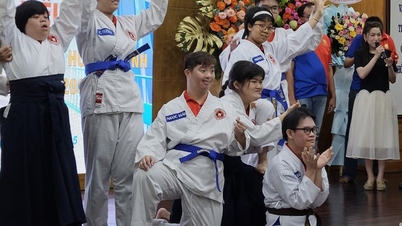

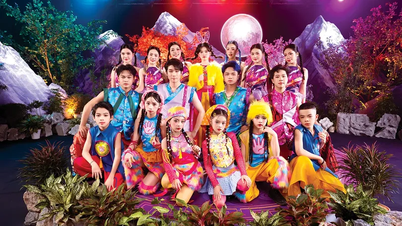

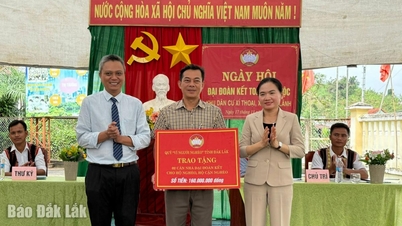
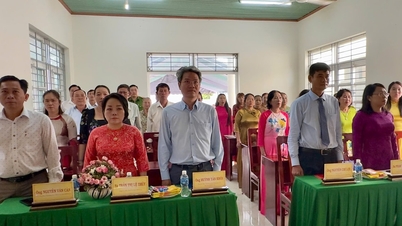













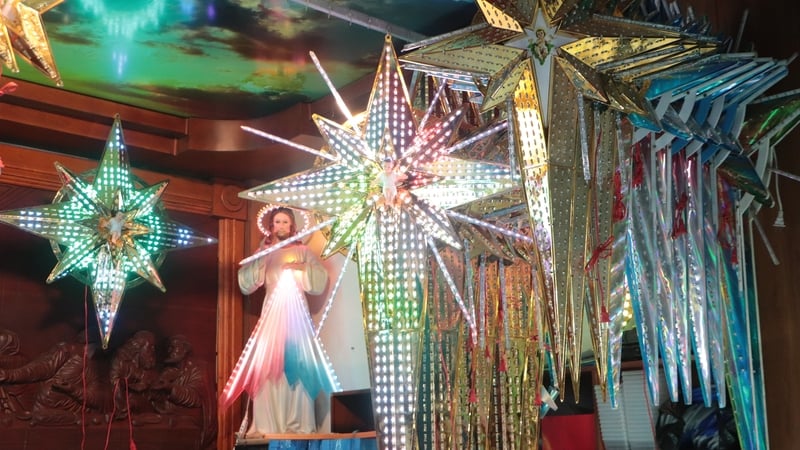
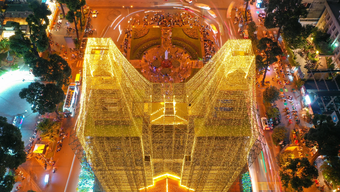

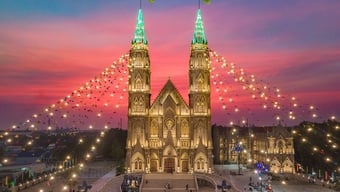










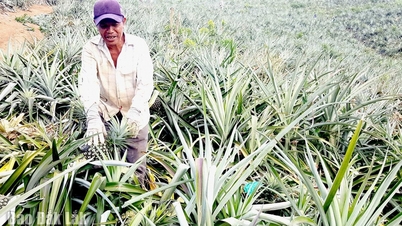


































































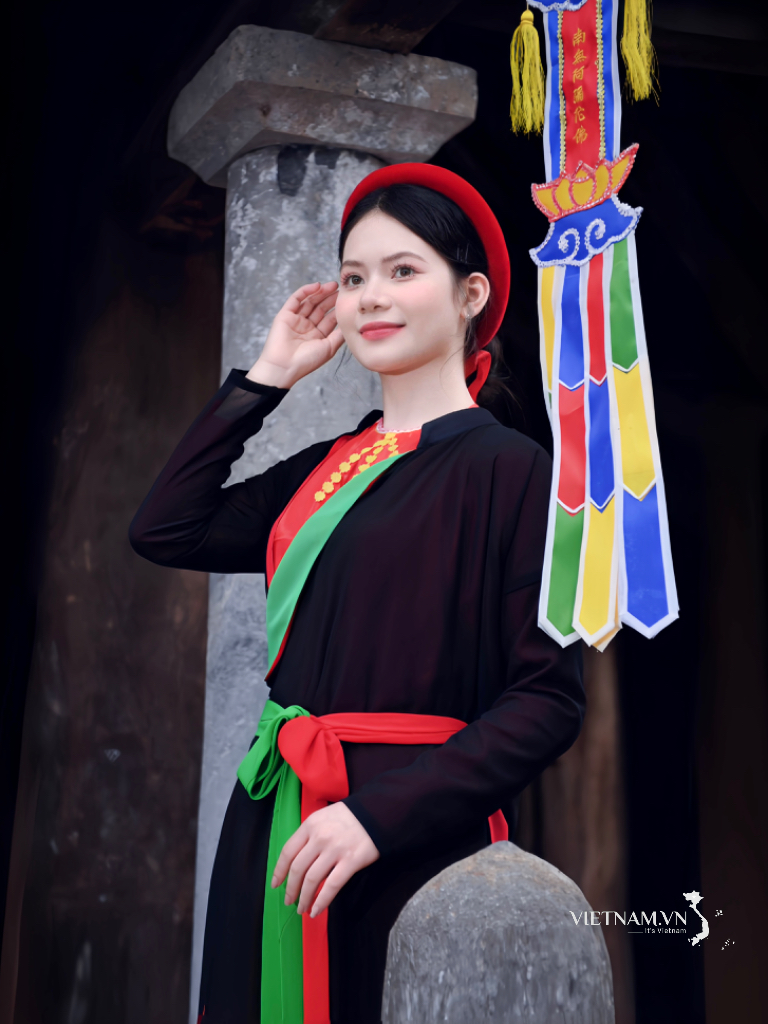
Comment (0)